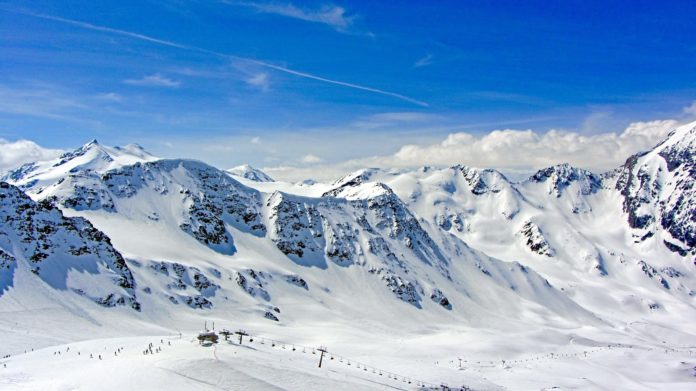Between 1994 and 2017, Earth lost 28 trillion tonnes of ice. This is equivalent to a sheet of ice 100 meters thick covering the whole of the UK.
A new study by the University of Leeds found that ice is disappearing across the planet is speeding up. This is the first of its kind of research to carry out a survey of global ice loss using satellite data.
The study suggests that the rate of ice loss from the Earth has increased markedly within the past three decades, from 0.8 trillion tonnes per year in the 1990s to 1.3 trillion tonnes per year by 2017. Meanwhile, there has been a 65% increase in the rate of ice loss.
Lead author Dr. Thomas Slater, a Research Fellow at Leeds’ Centre for Polar Observation and Modelling, said: “Although every region we studied lost ice, losses from the Antarctic and Greenland ice sheets have accelerated the most.”
“The ice sheets are now following the worst-case climate warming scenarios set out by the Intergovernmental Panel on Climate Change. Sea-level rise on this scale will have severe impacts on coastal communities this century.”
“the study was the first of its kind to examine all the ice that is disappearing on Earth, using satellite observations.”
“Over the past three decades, there’s been a huge international effort to understand what’s happening to individual components in Earth’s ice system, revolutionized by satellites which allow us to routinely monitor the vast and inhospitable regions where ice can be found.
“Our study is the first to combine these efforts and look at all the ice that is being lost from the entire planet.”
The survey covers 215,000 mountain glaciers spread around the planet, the polar ice sheets in Greenland and Antarctica, the ice shelves floating around Antarctica, and sea ice drifting in the Arctic Southern Oceans.
During the survey period, every category lost ice. Still, the most significant losses were from Arctic Sea ice (7.6 trillion tonnes) and Antarctic ice shelves (6.5 trillion tonnes), both of which float on the polar oceans.
Half of all losses were from ice on land – including 6.1 trillion tonnes from mountain glaciers, 3.8 trillion tonnes from the Greenland ice sheet, and 2.5 trillion tonnes from the Antarctic ice sheet. These losses have raised global sea levels by 35 millimeters.
It is estimated that approximately a million people are in danger of being displaced from low-lying homelands for every centimeter of sea-level rise.
Dr. Isobel Lawrence, a Research Fellow at Leeds’ Centre for Polar Observation and Modelling, said: “Sea ice loss doesn’t contribute directly to sea-level rise, but it does have an indirect influence. One of Arctic sea ice’s critical roles is to reflect solar radiation into space, which helps keep the Arctic cool.”
“As the sea ice shrinks, more solar energy is being absorbed by the oceans and atmosphere, causing the Arctic to warm faster than anywhere else on the planet.
“Not only is this speeding up sea ice melt, but it’s also exacerbating the melting of glaciers and ice sheets, which causes sea levels to rise.”
Despite storing only 1% of the Earth’s total ice volume, glaciers have contributed to almost a quarter of the global ice losses over the study period, with all glacier regions worldwide losing ice.
Report co-author and Ph.D. researcher Inès Otosaka, also from Leeds’ Centre for Polar Observation and Modelling, said: “As well as contributing to global mean sea level rise, mountain glaciers are also critical as a freshwater resource for local communities.
“The retreat of glaciers worldwide is therefore of crucial importance at both local and global scales.”
Journal Reference:
- Thomas Slater et al. Earth’s ice imbalance. DOI: 10.5194/tc-15-233-2021
